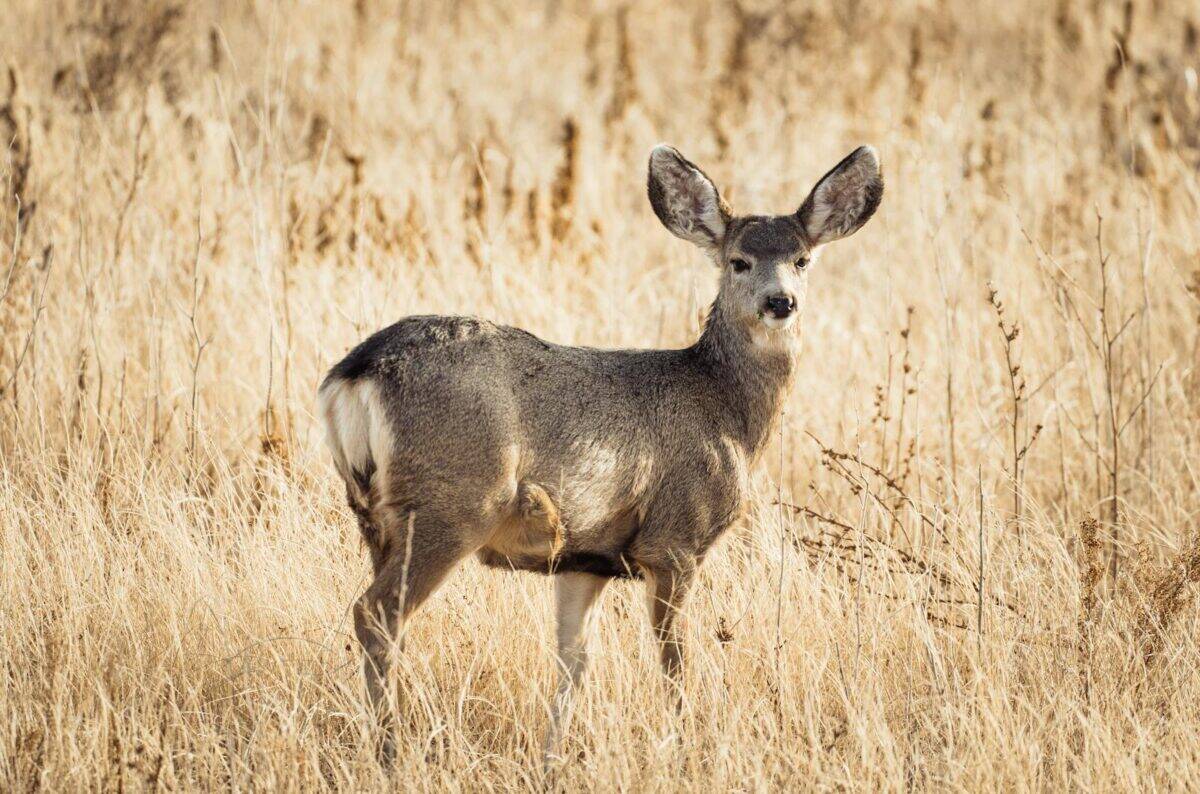Deer are enchanting creatures that grace the fields and forests of North America, captivating the hearts of nature enthusiasts and hunters alike. Among the most well-known species are the mule deer and the white-tailed deer. Though they share a common habitat and similar features, each species holds unique characteristics that distinguish them in both behavior and physical appearance. Understanding these differences not only enriches our knowledge of these majestic animals but also deepens our appreciation for the biodiversity they represent.
Origin and Distribution
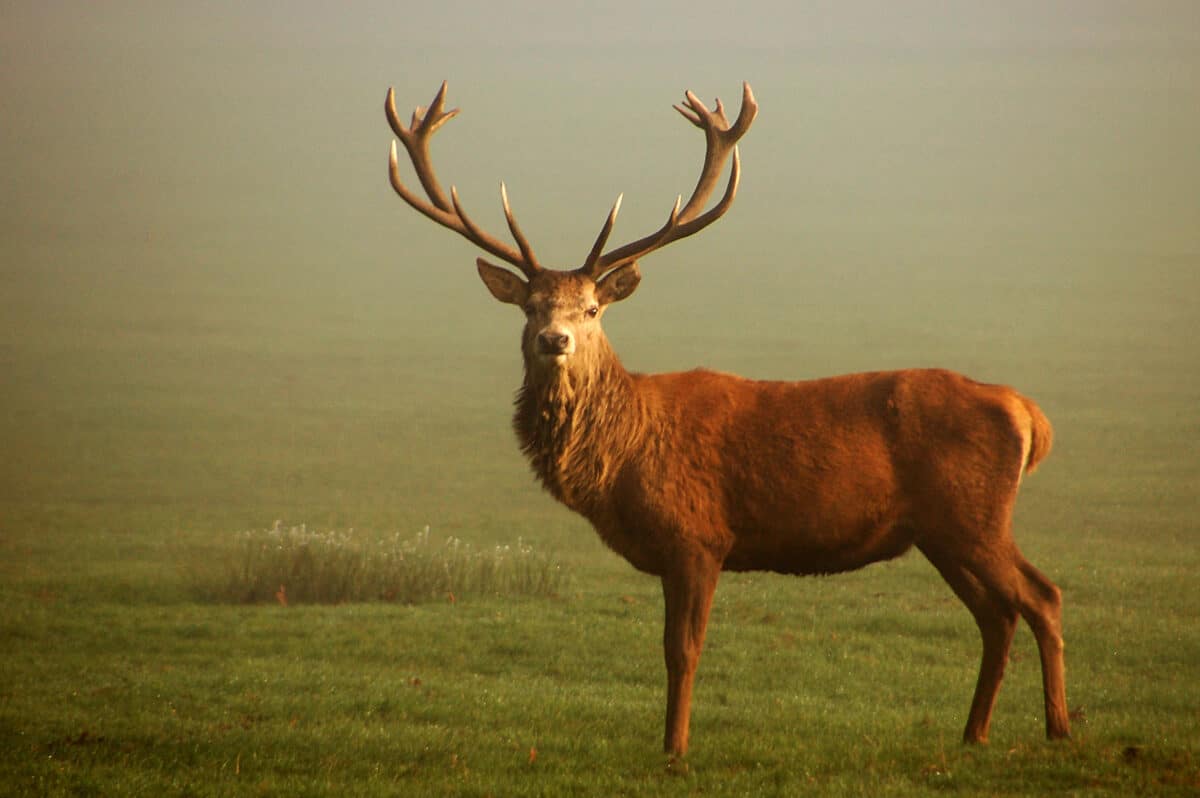
The mule deer (Odocoileus hemionus) and the white-tailed deer (Odocoileus virginianus) both belong to the Cervidae family, yet they are typically found in different environments. Mule deer are predominantly native to the western regions of North America, thriving in mountainous terrain, deserts, and prairies. Contrarily, the white-tailed deer have a wider distribution, extending throughout North America, from southern Canada to South America, predominantly in wooded regions.
Physical Appearance

While at first glance both species may seem similar, close inspection reveals notable differences. Mule deer are generally larger, with stout bodies and long ears akin to those of a mule – hence their name. These ears are often a third larger than those of the white-tailed deer. In contrast, the white-tailed deer are typically slender and feature a signature white underside to their tails, which becomes particularly visible when the deer is alarmed, as they raise their tail as a signal.
Antler Structure
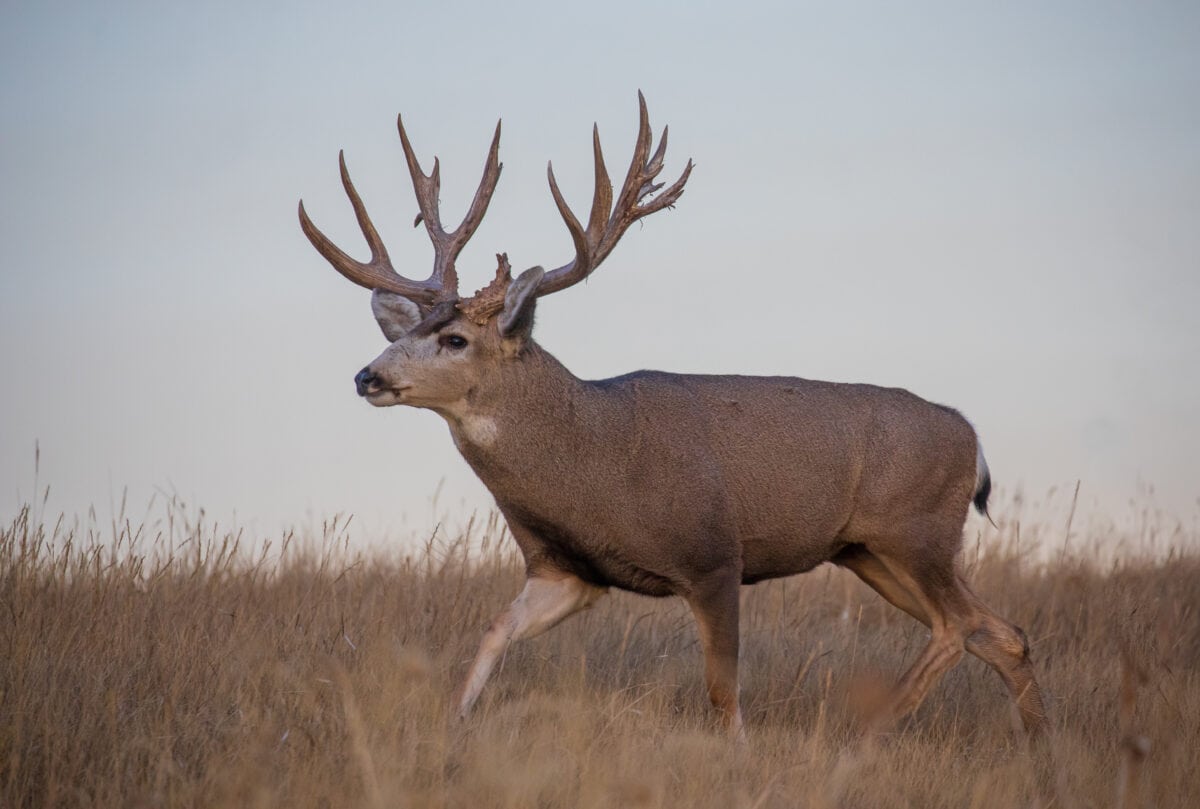
The antlers of mule deer and white-tailed deer are another distinguishing feature. Mule deer sport bifurcated antlers, meaning they form a main beam from which smaller tines (points) branch off. White-tailed deer, on the other hand, have antlers where tines grow upward from a single main beam, resembling the fingers of a hand.
Behavior and Social Structure

Mule deer often form smaller, less cohesive groups known as loose social structures. These groups are usually composed of females and their young. White-tailed deer tend to display a more fluid social structure, with larger herds assembling, especially during the winter. White-tailed deer are also more nocturnal compared to the more diurnal mule deer.
Reproductive Habits

Both species exhibit a similar mating season, or rut, typically occurring in the fall. However, mule deer fawns are often born in late spring. White-tailed deer fawns, on the other hand, are born slightly earlier in the spring, which can sometimes give them an advantage in terms of growth and survival rates.
Diet and Feeding Behavior

The diet of both mule deer and white-tailed deer primarily consists of vegetation, though what they consume can vary significantly by habitat. Mule deer often graze on shrubs like sagebrush and bitterbrush found in their arid environments, while white-tailed deer have a more diverse diet, eating a variety of crops, fruit, and leaves depending on availability in their wooded habitats.
Adaptations and Survival Techniques

Mule deer have adapted to their environment with larger ears that help dissipate heat and heightened hearing to detect predators. Their coat colors often blend into the rocky, arid landscapes they inhabit. White-tailed deer, conversely, have adapted to blend with forests and have developed keen senses to detect predators and forage effectively.
Population and Conservation

White-tailed deer are known for being one of the most abundant large mammal species in North America due to conservation efforts and adaptability to human-altered landscapes. Mule deer populations, however, face challenges due to habitat loss, changing climates, and increased competition for resources, necessitating continued conservation efforts to protect their natural habitats.
Predators and Threats
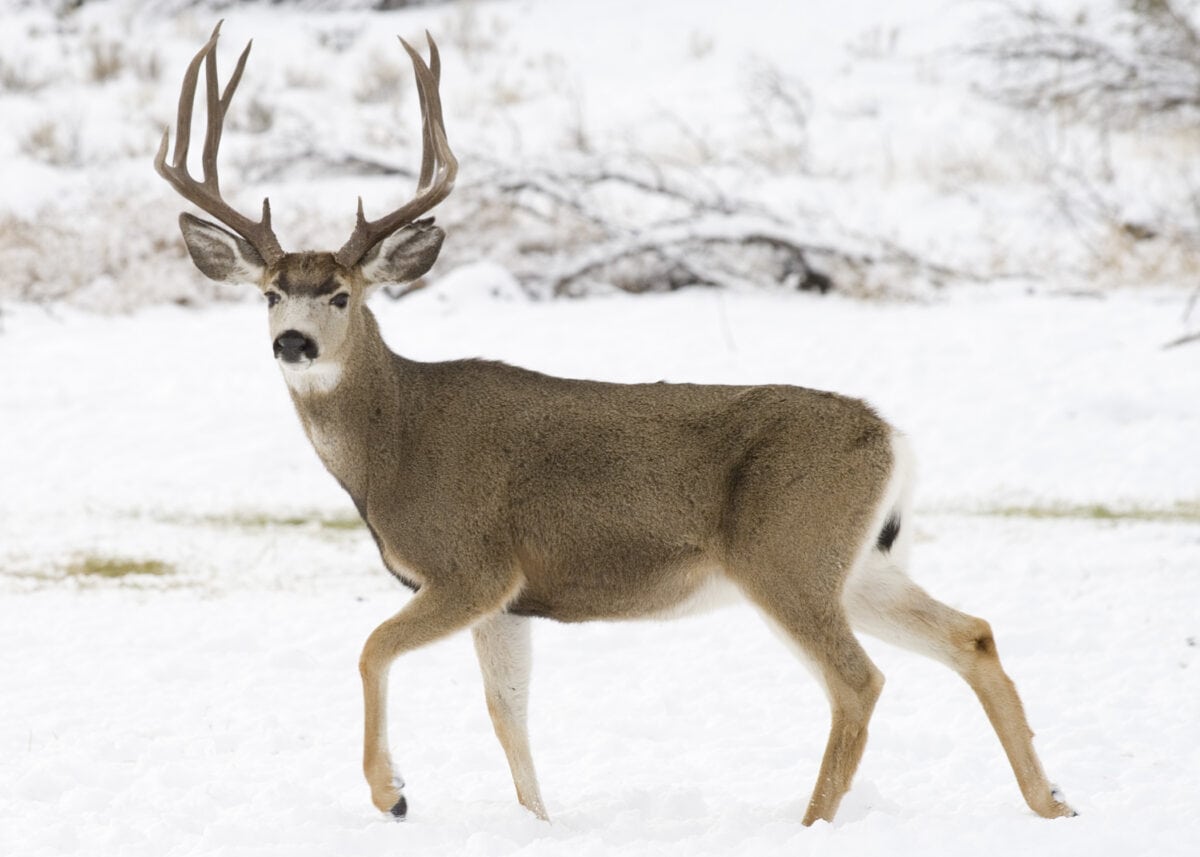
Both species face predators such as coyotes, wolves, and mountain lions, but human activities represent significant threats. Habitat destruction and vehicle collisions significantly affect their populations. While hunting is regulated to maintain healthy populations, poaching and illegal hunting still pose significant risks.
Role in Ecosystems
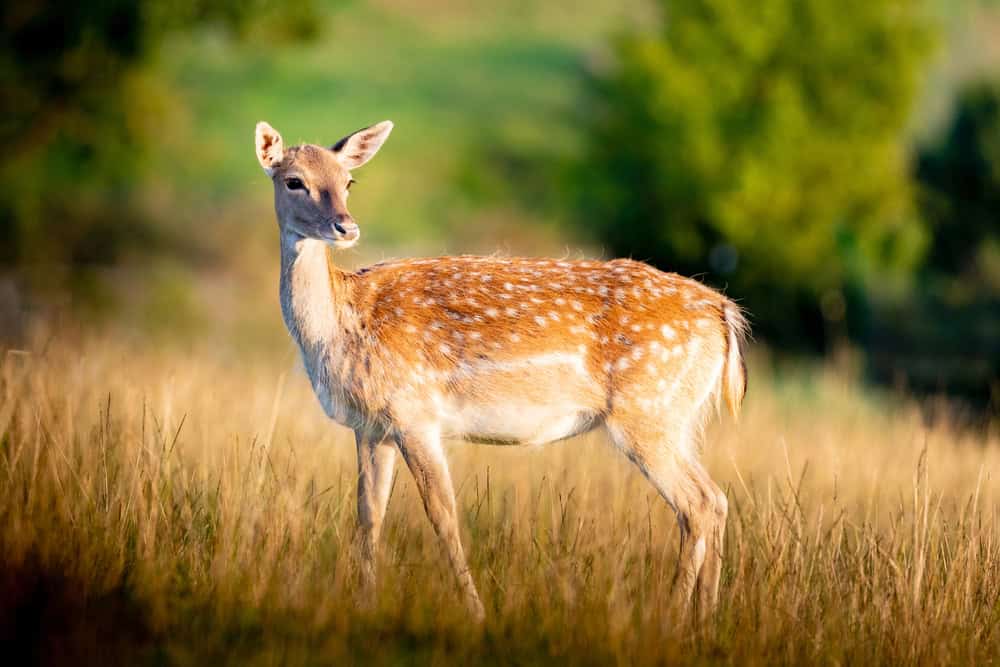
Both mule deer and white-tailed deer play crucial roles in their ecosystems. As herbivores, they influence the composition of plant communities, while serving as prey for a variety of predators. Their browsing habits can also aid in seed dispersal, helping to maintain plant biodiversity in their respective environments.
Interaction with Humans

White-tailed deer, being more adaptable to suburban and urban areas, often come into contact with humans, leading to both positive and negative interactions. Mule deer generally keep to wilder regions, reducing human contact. Efforts such as wildlife corridors and controlled hunting are in place to manage interactions and protect both deer and human interests.
Conclusion

The mule deer and white-tailed deer may live on the same continent, but their differences are profound, from their physical attributes to their preferred habitats. They are a testament to nature’s adaptability and diversity. Understanding these differences provides a window into the complex ecosystems they inhabit and underscores the importance of conservation efforts to ensure their continued survival in a rapidly changing world.
This exploration of the mule deer and white-tailed deer not only highlights their unique characteristics but also fosters a greater appreciation for these remarkable creatures and their vital roles in our natural world.
- Why Polar Bears Cover Their Black Noses While Hunting - August 15, 2025
- How Snakes Became a Central Theme in Chinese Zodiac Legends - August 15, 2025
- Can Animals Predict Earthquakes? The Science Behind the Mystery - August 15, 2025

